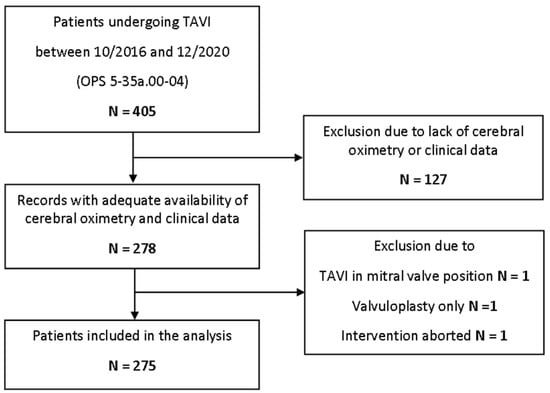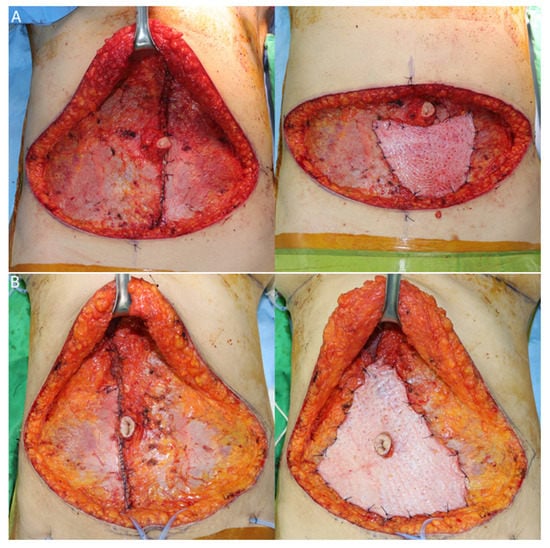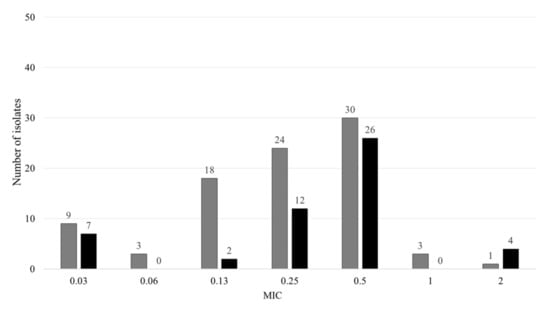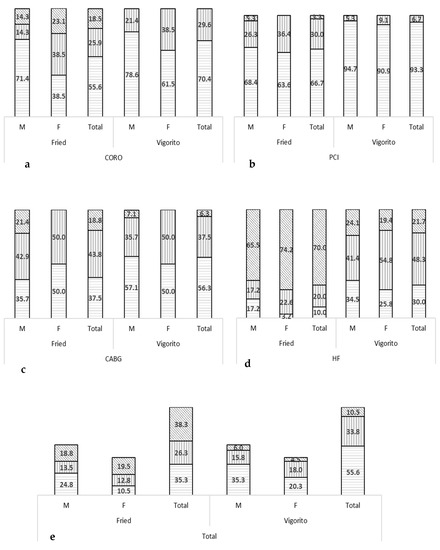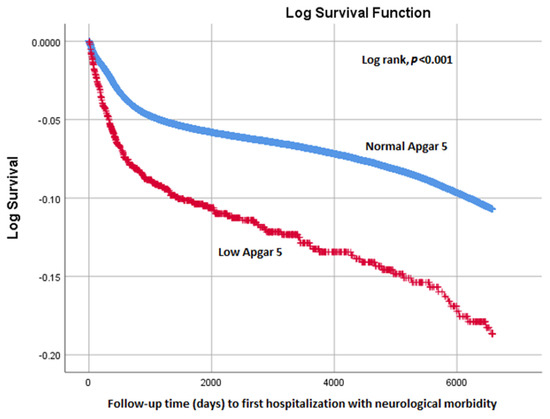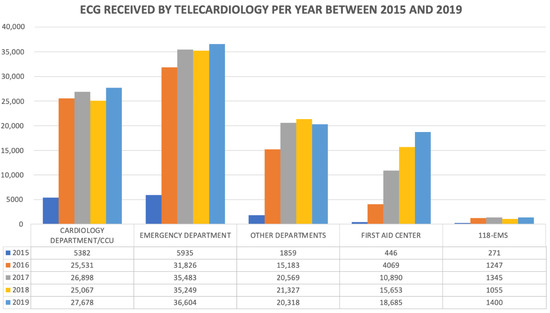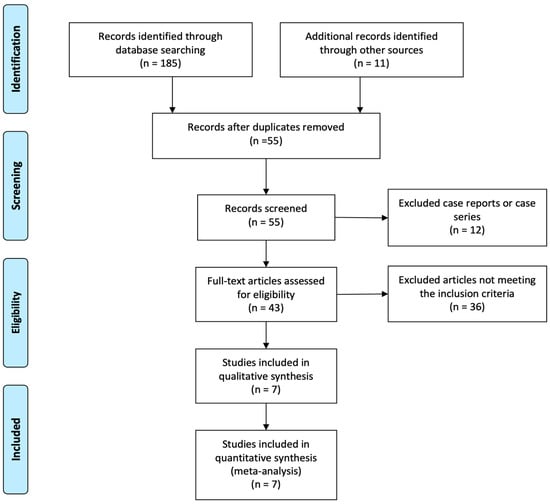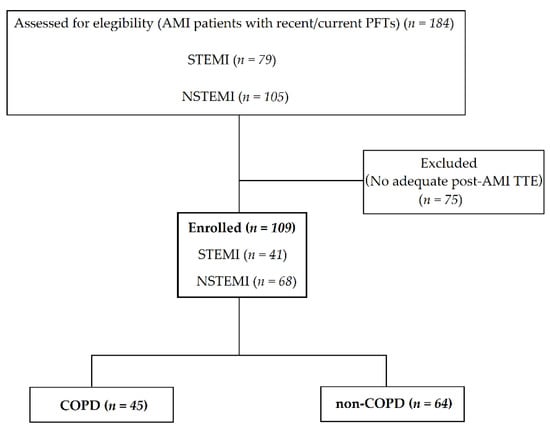J. Clin. Med. 2022, 11(7), 1930; https://doi.org/10.3390/jcm11071930 - 30 Mar 2022
Cited by 2 | Viewed by 2575
Abstract
Transcatheter aortic valve implantation (TAVI) has emerged as an alternative to surgical aortic valve replacement. The aim of this study was to evaluate whether a relevant alteration in cerebral tissue oxygen saturation (rSO2) could be detected following TAVI. Retrospective data analysis
[...] Read more.
Transcatheter aortic valve implantation (TAVI) has emerged as an alternative to surgical aortic valve replacement. The aim of this study was to evaluate whether a relevant alteration in cerebral tissue oxygen saturation (rSO2) could be detected following TAVI. Retrospective data analysis included 275 patients undergoing TAVI between October 2016 and December 2020. Overall, rSO2 significantly increased following TAVI (64.6 ± 10% vs. 68.1 ± 10%, p < 0.01). However, a significant rise was only observed in patients with a preoperative rSO2 < 60%. Of the hemodynamic confounders studied, hemoglobin, mean arterial pressure and blood pH were lowered, while central venous pressure and arterial partial pressure of carbon dioxide (PaCO2) were slightly elevated (PaCO2: 39 (36–43) mmHg vs. 42 (37–47) mmHg, p = 0.03; pH: 7.41 (7.3–7.4) vs. 7.36 (7.3–7.4), p < 0.01). Multivariate linear regression modeling identified only hemoglobin as a predictor of altered rSO2. Patients with a EuroScore II above 4% and an extended ICU stay were found to have lower rSO2, while no difference was observed in patients with postoperative delirium or between the implanted valve types. Further prospective studies that eliminate differences in potential confounding variables are necessary to confirm the rise in rSO2. Future research should provide more information on the value of cerebral oximetry for identifying high-risk patients who will require further clinical interventions in the setting of the TAVI procedure.
Full article
(This article belongs to the Topic Recent Advances in the Diagnosis and Treatment of Aortic Valve Disease)
►
Show Figures
